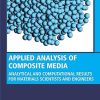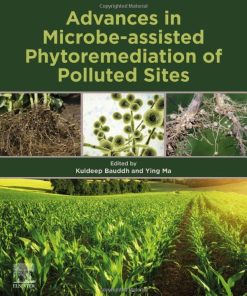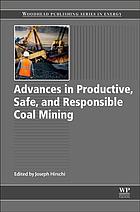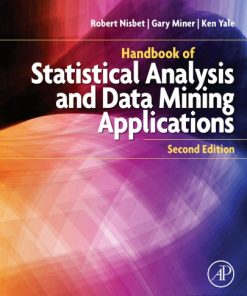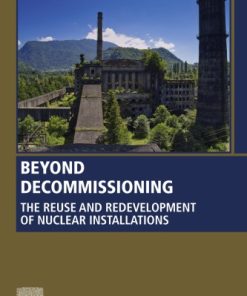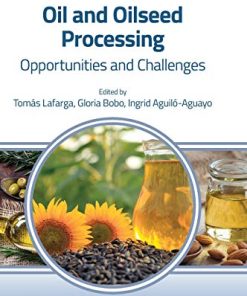Phytorestoration of Abandoned Mining and Oil Drilling Sites
$50.00 Original price was: $50.00.$25.00Current price is: $25.00.
Phytorestoration of Abandoned Mining and Oil Drilling Sites – Ebook Instant Download/Delivery ISBN(s): 9780128212004,0128212004,9780128232088, 0128232080
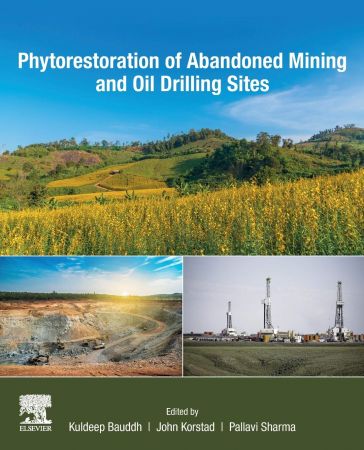
Product detail:
- ISBN 10: 0128232080
- ISBN 13: 9780128232088
- Author: Kuldeep Bauddh, John Korstad, Pallavi Sharma
Phytorestoration of Abandoned Mining and Oil Drilling Sites presents case studies and the latest research on the most effective methods to address the large amounts of waste materials released due to mining and oil drilling. In particular, phytoremediation is described as a novel, eco-friendly, cost-effective method for extracting toxic compounds by plants for the restoration of contaminated sites. Plantings on these contaminated areas lead to the removal of toxic substances such as heavy metals and hydrocarbons, improvement in the physicochemical and biological properties of the soil, long-term forest ecosystem rehabilitation, restoration of ecosystem productivity, stability and biological diversity, and reductions in CO2.
Utilizing worldwide examples, this book discusses the potential of phytoremediation as an ideal solution for sites contaminated by mining and oil drilling sites.
- Includes exploration of efficient plants for restoring contaminated former mining and oil drilling sites
- Addresses adverse impacts of toxicants released from mining activities on living organisms, including human health
- Presents characteristics of contaminated former mining and oil drilling sites
Table of contents:
- Chapter 1: Phytoremediation: A sustainable method for cleaning up the contaminated sites
- Chapter 2: Phytoremediation of abandoned mining areas for land restoration: Approaches and technology
- Chapter 3: Efficient utilization of plant biomass after harvesting the phytoremediator plants
- Chapter 4: Characteristics of mining spoiled and oil drilling sites and adverse impacts of these activities on the environment and human health
- Chapter 5: Phytorestoration of abandoned ash-ponds by native algal strains
- Chapter 6: Mine tailings phytoremediation in arid and semiarid environments
- Chapter 7: Phytoreclamation of abandoned acid mine drainage site after treatment with fly ash
- Chapter 8: Chromium phytoaccumulation in lemongrass grown on chromium contaminated soil: Phytostabilization approach for chromium recovery from mining sites of Sukinda, India
- Chapter 9: Phytorestoration of mine spoiled: “Evaluation of natural phytoremediation process occurring at ex‑tin mining catchment”
- Chapter 10: Ecological amendment of uranium mine tailings using native plant species
- Chapter 11: Potential of Ricinus communis for the removal of toxic metals from mining dumping sites
- Chapter 12: Phytoremediation potential of invasive species growing in mining dumpsite
- Chapter 13: Phytostabilization of mine tailings
- Chapter 14: Importance of selection of plant species for successful ecological restoration program in coal mine degraded land
- Chapter 15: Plant responses to heavy metals during cultivation in mining dump sites
- Chapter 16: Gold mining industry influence on the environment and possible phytoremediation applications
- Chapter 17: Potential of Purun tikus (Eleocharis dulcis (Burm. F.) Trin. ex Hensch) to restore the Iron (Fe) contaminated acid mine drainage by using constructed wetland
- Chapter 18: Development of bamboo biodiversity on mining degraded lands: A sustainable solution for climate change mitigation
- Chapter 19: Selection of plant species for phytoremediation of oil drilling sites: An overview
- Chapter 20: Phytoremediation and the issue of fracking in South Africa
- Chapter 21: Phytomining: a sustainable approach for recovery and extraction of valuable metals
People also search:
You may also like…
Technique - Oil and Gas Technologies
Biology and other natural sciences - Plants: Agriculture and Forestry
Business & Economics - Industries
Computers - Hardware
Quantum Computing: A New Era of Computing Kuldeep Singh Kaswan


